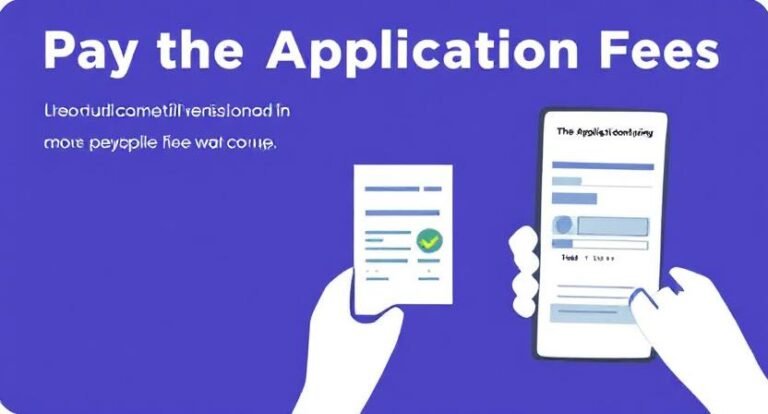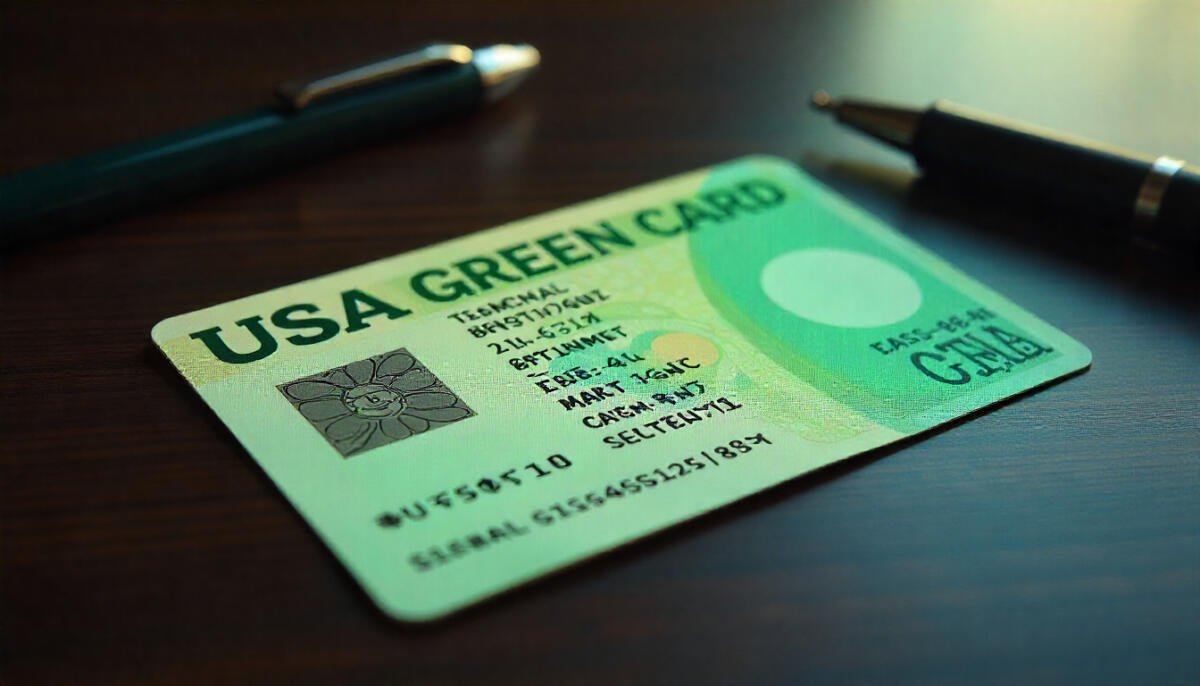If you’ve ever dreamed of living and working in the United States, getting a U.S. Green Card (officially known as Lawful Permanent Residency) is the most important step. In 2025, the process remains structured but accessible — as long as you follow the right steps and understand the available categories. This guide walks you through every stage of the Green Card application process, updated for 2025, with official resources and insider tips to help your application stand out.
What Is a Green Card?
A Green Card allows you to live and work permanently in the United States. It’s proof of your lawful permanent resident status and can eventually lead to U.S. citizenship through naturalization.
Holders enjoy many rights — the ability to work for any U.S. employer, travel more freely, and access certain benefits — but they must also maintain residence in the U.S. and obey its laws.
Step 1: Determine Your Eligibility Category

The U.S. government offers several ways to qualify for a Green Card. Here are the main categories for 2025:
1. Family-Based Green Card
If you’re closely related to a U.S. citizen or lawful permanent resident, you might qualify.
Immediate relatives (spouses, parents, or unmarried children under 21) have the shortest waiting time.
Other family categories may require a longer queue.
- Learn more from the U.S. Citizenship and Immigration Services (USCIS) official guide.
2. Employment-Based Green Card
For skilled workers, professionals, or investors.
Categories include:
EB-1: Priority workers (extraordinary ability, executives)
EB-2: Professionals with advanced degrees
EB-3: Skilled or unskilled workers
EB-5: Investors who invest at least $800,000 in a U.S. business that creates jobs
3. Diversity Visa (DV) Lottery
Also known as the Green Card Lottery, this program gives applicants from underrepresented countries the chance to apply randomly each year.
Applications for the DV-2027 program typically open in October 2025 at the official site:
dvprogram.state.gov
4. Humanitarian Programs
You may qualify under refugee, asylee, or other special humanitarian categories.
Step 2: File the Correct Immigration Petition

Depending on your category, you or someone on your behalf must file an initial petition:
| Category | Form to File | Who Files It |
|---|---|---|
| Family-based | Form I-130 (Petition for Alien Relative) | U.S. citizen or permanent resident sponsor |
| Employment-based | Form I-140 (Immigrant Petition for Alien Worker) | U.S. employer or self (in some cases) |
| Investor (EB-5) | Form I-526 | Applicant |
| Special programs | Varies | Applicant or sponsor |
You can access all USCIS forms directly from the official source:
USCIS Forms and Filing Information
Step 3: Pay the Application Fees

Fees vary by category, but expect to pay for:
Petition filing (e.g., Form I-130: $625 – $675)
Medical exam (by an authorized physician)
Visa processing fee (if abroad)
USCIS immigrant fee (usually $220 after approval)
- You can check the latest fee schedule on the USCIS Fee Calculator
Step 4: Submit Your Green Card Application (Form I-485 or DS-260)

If you’re already in the U.S., file Form I-485 (Adjustment of Status).
If you’re outside the U.S., complete Form DS-260 through the U.S. Department of State’s Consular Processing system.
Attach all required documents:
Passport photos
Birth certificate
Police clearance
Proof of relationship or employment
Medical exam results (Form I-693)
Step 5: Attend the Biometrics and Interview

After submitting your application:
You’ll receive a biometrics appointment notice (fingerprints and photo).
Later, you’ll be called for an interview at a USCIS office or U.S. consulate.
Be honest, prepared, and bring all original documents.
- USCIS officers may ask about your background, intentions, and eligibility. Don’t worry — it’s part of the normal verification process.
Step 6: Receive a Decision

If approved, you’ll receive:
A Welcome Notice (Form I-797)
Then your Green Card (usually within a few weeks)
- If denied, USCIS will explain the reason and whether you can appeal or reapply.
Step 7: Maintain Your Permanent Resident Status

Once you get your Green Card:
Reside mainly in the U.S. (avoid long absences over 6 months)
Renew your card every 10 years (Form I-90)
File U.S. taxes as a resident
Keep your address updated with USCIS (Form AR-11)
- If you plan to stay abroad for over a year, apply for a Re-entry Permit.
Step 8: Apply for U.S. Citizenship (Optional)

After five years of being a Green Card holder (or three years if married to a U.S. citizen), you can apply for naturalization using Form N-400.
Learn more at the USCIS Citizenship Resource Center.
Common Mistakes to Avoid in 2025

Submitting incomplete forms or missing signatures
Using unofficial or scam websites
Failing to update your immigration category changes
Misrepresenting information — this can lead to permanent bans
- Always verify information only on official sites like uscis.gov and travel.state.gov
Tips for Success
Keep copies of every document you submit.
Track your application online via USCIS Case Status.
Join support communities or follow immigration updates from USCIS Newsroom.
If unsure, consider consulting an immigration attorney for complex cases.
Final Thoughts
Applying for a U.S. Green Card in 2025 can seem overwhelming, but with the right information, patience, and preparation, it’s entirely achievable.
Remember — every successful applicant started exactly where you are now. Follow each step carefully, rely on official sources, and you’ll be one step closer to calling the United States your new home.
Frequently Asked Questions (FAQ)
1. How long does it take to get a Green Card in 2025?
Processing times vary by category — from 6 months to several years, depending on your eligibility and country of origin.
2. Can I apply for a Green Card without a sponsor?
Yes, in some cases — such as the Diversity Visa Lottery or EB-1 (extraordinary ability) category — you can apply on your own.
3. How much does it cost to apply for a Green Card?
Fees typically range from $1,200 to $2,000, including form fees, biometrics, and medical exams. Always check the USCIS Fee Calculator for the latest rates.
4. Can I work while waiting for my Green Card?
Yes, if you’ve applied for Adjustment of Status in the U.S., you can apply for a work permit (Form I-765).
5. Where can I check my case status?
Track your Green Card application anytime using the USCIS Case Status Tracker.




